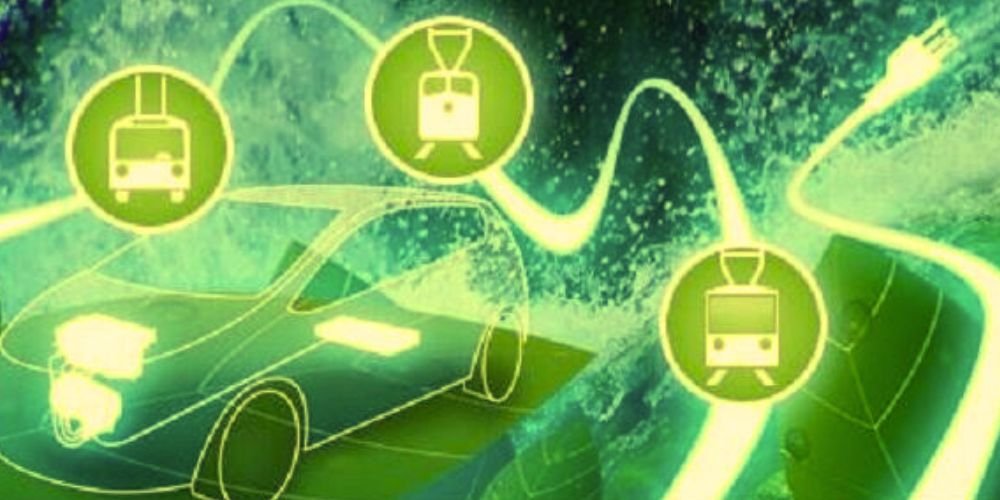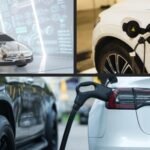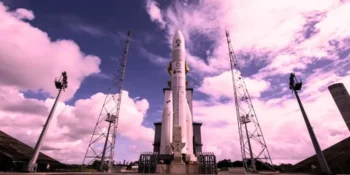Transportation electrification has emerged as a transformative force in reshaping the landscape of modern mobility. This comprehensive exploration delves into the intricacies of transportation electrification, unraveling its fundamental principles, key components, recent innovations, notable applications, and its transformative impact on creating a sustainable and efficient transportation ecosystem.
Understanding Transportation Electrification
Transportation electrification involves adopting and integrating electric vehicles (EVs) and associated infrastructure to replace traditional fossil fuel-powered transportation. This paradigm shift aims to reduce carbon emissions, mitigate environmental impact, and usher in a new era of sustainable and efficient transportation.
Key Components of Transportation Electrification
The core components of transportation electrification contribute to its functionality, efficiency, and overall impact on sustainable mobility:
- Electric Vehicles (EVs): EVs, from electric cars to buses and bikes, form the backbone of transportation electrification. These vehicles utilize electric motors powered by rechargeable batteries, eliminating the need for conventional internal combustion engines.
- Charging Infrastructure: A robust charging infrastructure is important for the widespread adoption of EVs. From home-based to public fast-charging stations, charging stations support the electrified transportation ecosystem.
- Battery Technology: Advances in battery technology are pivotal for enhancing electric vehicles’ range, efficiency, and overall performance. Lithium-ion, solid-state, and other innovations contribute to developing more sustainable and long-lasting energy storage solutions.
Recent Innovations in Transportation Electrification
Recent innovations have elevated transportation electrification to new heights, addressing key challenges and pushing the boundaries of performance. One notable opportunity is the integration of smart connectivity and sustainable materials in the design and manufacturing of electric vehicles.
Smart Connectivity in Electric Vehicles
Integrating smart connectivity features, including Internet of Things (IoT) technology and vehicle-to-grid (V2G) communication, enhances electric vehicle capabilities. Smart EVs can communicate with charging stations, optimize charging schedules, and contribute to grid stability by participating in demand response programs.
Sustainable Materials in EV Manufacturing
The use of sustainable materials, such as recycled plastics and eco-friendly interior components, is gaining prominence in the manufacturing of electric vehicles. It reduces the environmental impact of production and aligns with the overall goal of creating a more sustainable transportation ecosystem.
Notable Applications of Transportation Electrification
Transportation electrification extends beyond individual vehicle usage, contributing to various aspects of sustainable urban planning and environmental conservation.
Public Transit Electrification
The adoption of electric buses and trains in public transit systems significantly reduces emissions and promotes sustainable urban mobility. Electric public transit vehicles contribute to cleaner air quality and lower carbon footprints in densely populated areas.
Last-Mile Delivery Solutions
Electric vehicles are crucial in last-mile delivery solutions, contributing to a more sustainable and efficient logistics network. Electric delivery vans and bikes help reduce air pollution and noise in urban areas while improving the transportation industry’s overall environmental footprint.
Challenges in Transportation Electrification
Despite significant advancements, transportation electrification faces challenges that impact its widespread adoption and effectiveness. Addressing these challenges is critical for improving and integrating electric vehicles into our transportation infrastructure.
Range Anxiety
The limited range of some electric vehicles and the availability of charging infrastructure contribute to “range anxiety” among potential users. Overcoming this challenge involves expanding charging networks, increasing the efficiency of batteries, and enhancing public awareness about the range of capabilities of modern EVs.
Initial Cost and Affordability
The initial cost of electric vehicles remains a barrier to widespread adoption. Government incentives, technological advances, and economies of scale in manufacturing are essential factors in making EVs more affordable and available to a broader range of consumers.
Future Trends in Transportation Electrification
The trajectory of transportation electrification indicates exciting trends that will further redefine its capabilities and applications. These trends promise to enhance sustainability, improve efficiency, and contribute to the overall well-being of transportation systems.
Vehicle-to-Grid Integration
The integration of Vehicle-to-Grid (V2G) technology helps electric vehicles to draw power from the grid and feed excess energy back into it. This bidirectional energy flow enhances grid resilience, supports renewable energy integration, and provides additional revenue streams for EV owners.
Advances in Battery Technology
Continued advances in battery technology, including increased energy density and faster charging capabilities, will play a pivotal role in the widespread adoption of electric vehicles. Breakthroughs in solid-state batteries and other emerging technologies promise to revolutionize the electric mobility landscape further.
Urban Air Mobility
The concept of electric Vertical Takeoff and Landing (eVTOL) aircraft and urban air mobility presents a futuristic vision for sustainable transportation. Electric air taxis and drones powered by clean energy sources could alleviate traffic congestion and provide efficient transportation solutions in urban environments.
Conclusion
Transportation electrification is a pivotal force in the ongoing efforts to create a sustainable and efficient transportation ecosystem. From electric vehicles and charging infrastructure to smart connectivity and sustainable materials, the impact of these technologies extends beyond individual vehicles, contributing to overall environmental conservation and urban planning. Despite challenges, ongoing innovations in smart connectivity, sustainable materials, and grid integration signal a promising future for transportation electrification. As research and development continue to push the boundaries of what is possible, transportation electrification is poised to become a cornerstone in shaping a greener, more efficient, and technologically advanced transportation future.











